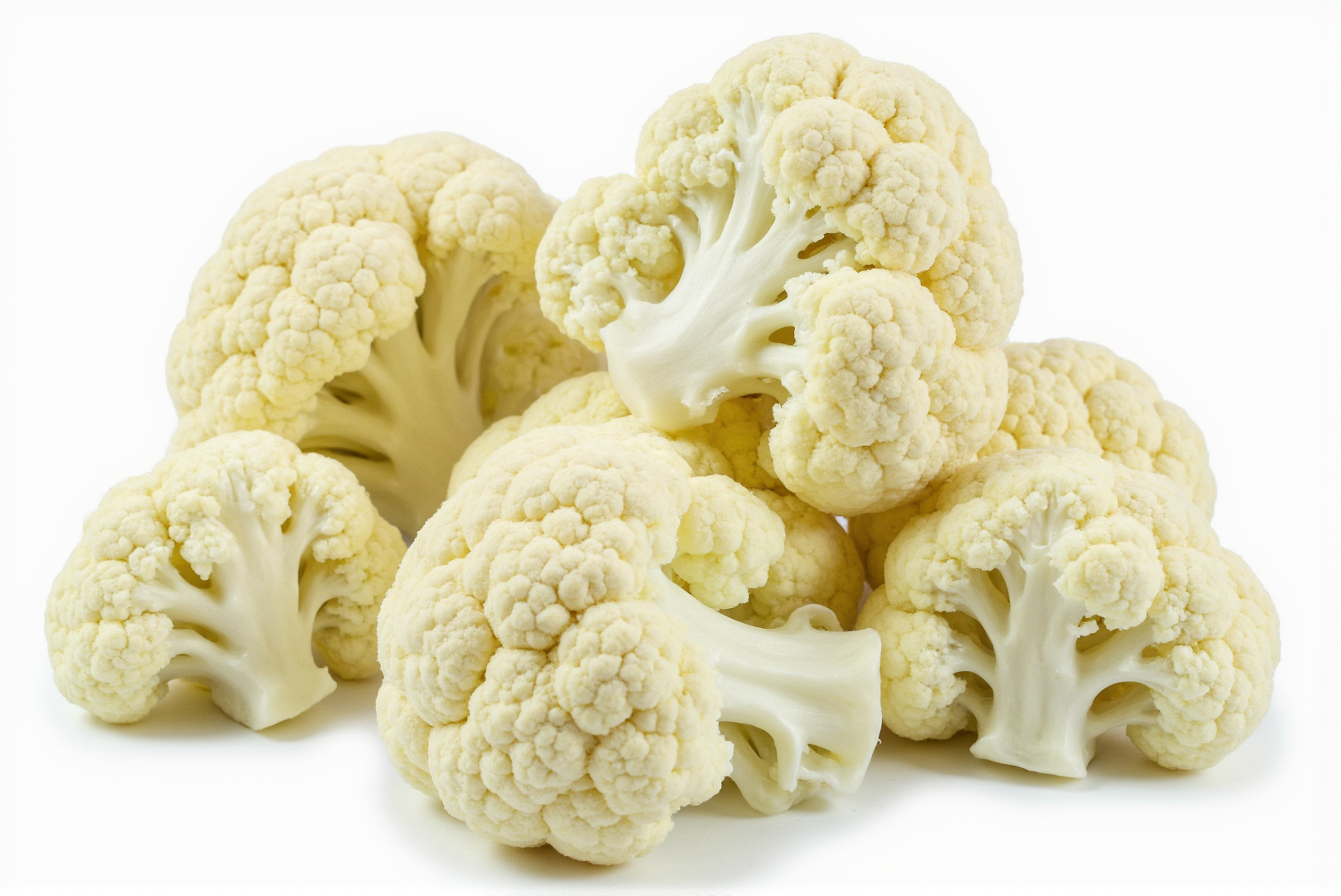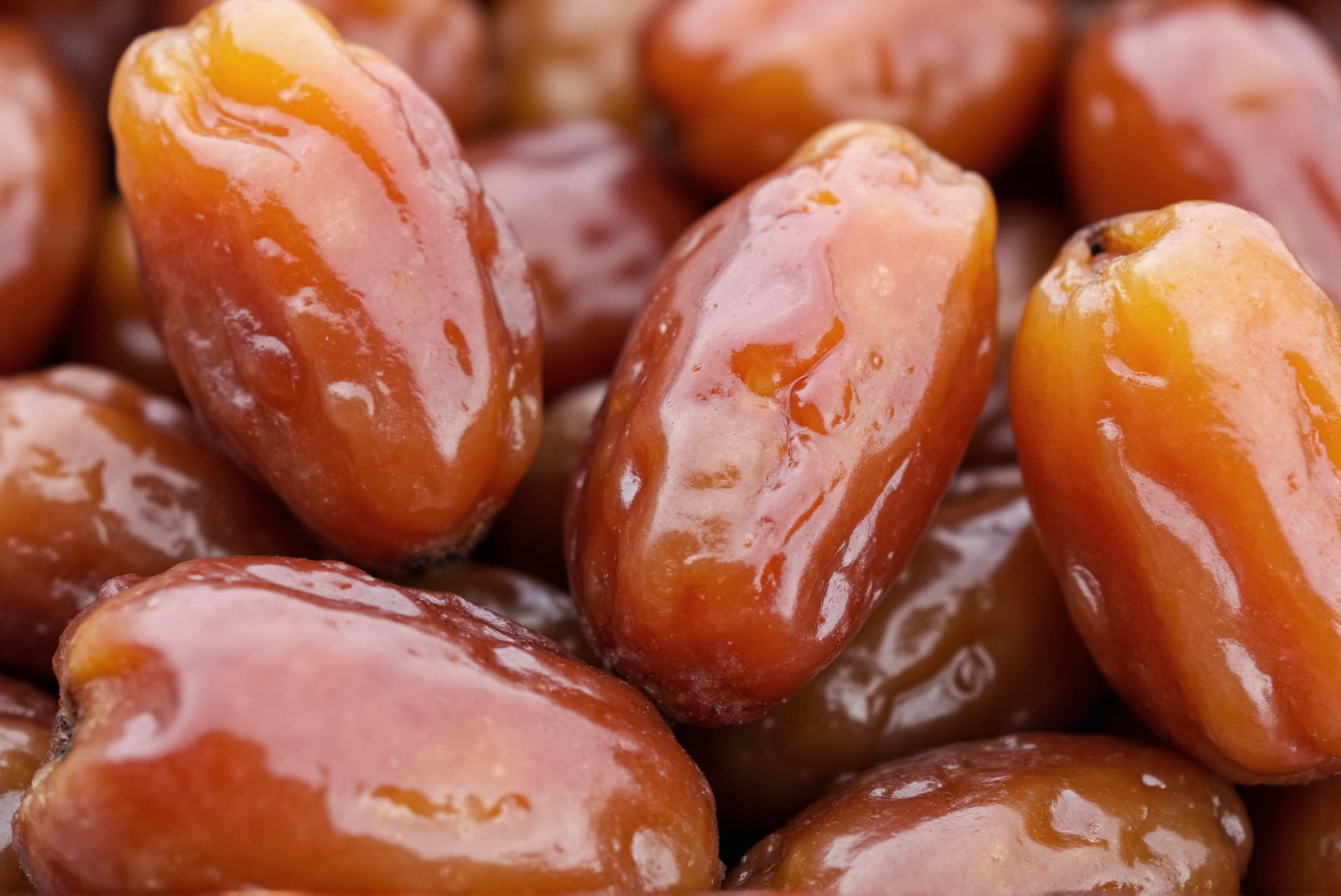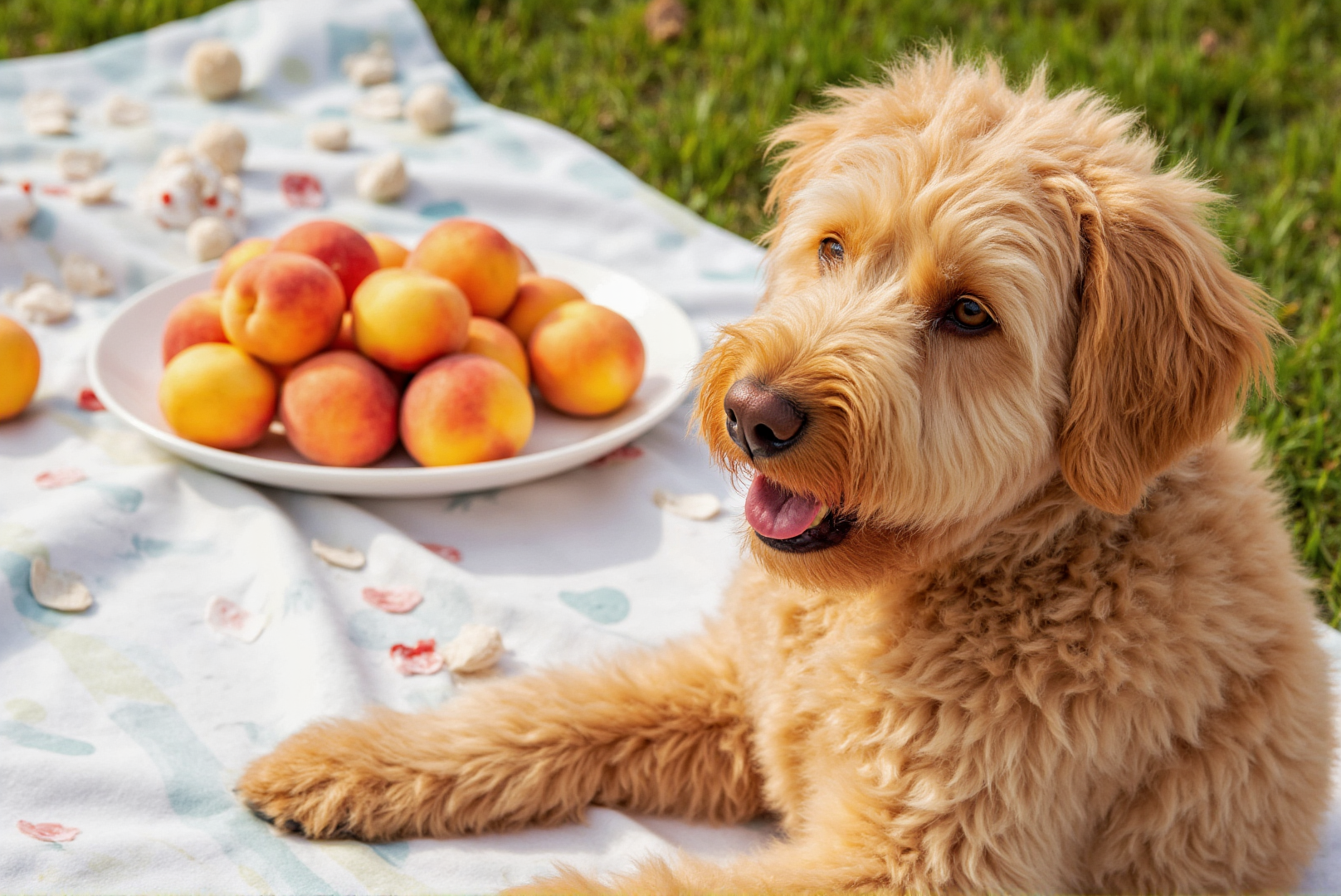Cauliflower has become increasingly popular as a versatile, low-carb vegetable in human diets, but is this cruciferous vegetable safe for our canine companions? With its mild flavor and interesting texture, cauliflower might seem like a healthy treat option for dogs.
Can Dogs Eat Cauliflower?
Yes, dogs can safely eat cauliflower! This nutritious vegetable is non-toxic to dogs and can be a healthy addition to their diet when prepared properly and served in moderation. Cauliflower is low in calories but high in vitamins and fiber, making it an excellent treat option for most dogs.
Both raw and cooked cauliflower are safe for dogs, though cooked cauliflower is generally easier to digest. Like other cruciferous vegetables, cauliflower can provide numerous health benefits but should be introduced gradually to avoid digestive upset.
Nutritional Benefits of Cauliflower
Cauliflower is a nutritional powerhouse that offers various health benefits for dogs. It's rich in vitamin C, which supports immune function and acts as an antioxidant. The vegetable also contains vitamin K, essential for blood clotting and bone health, and vitamin B6, which aids in brain development and function.
Additionally, cauliflower provides important minerals including potassium, manganese, and magnesium. It's also a good source of fiber, which aids digestion, and contains phytonutrients that may have anti-inflammatory and cancer-fighting properties. The high water content in cauliflower can help keep your dog hydrated.
Cauliflower and Digestive Health
The fiber content in cauliflower can significantly benefit your dog's digestive system. Soluble fiber helps regulate bowel movements and can be particularly helpful for dogs with constipation. The fiber also acts as a prebiotic, feeding beneficial gut bacteria and promoting overall digestive health.
However, cauliflower is a cruciferous vegetable, which means it can cause gas and bloating in some dogs, especially when consumed in large quantities or introduced too quickly. This is due to the complex sugars in cauliflower that can be difficult for some dogs to digest.
Preparing Cauliflower for Dogs
Proper preparation is essential when serving cauliflower to your dog. Start by thoroughly washing the cauliflower to remove any pesticides or contaminants. Remove the leaves and cut the cauliflower into small, bite-sized florets appropriate for your dog's size to prevent choking.
If serving raw cauliflower, ensure the pieces are small enough for easy chewing and digestion. For cooked cauliflower, steaming or boiling without any added seasonings is best. Avoid using butter, salt, garlic, onions, or other seasonings that could be harmful to dogs.
Raw vs. Cooked Cauliflower
Both raw and cooked cauliflower have their advantages. Raw cauliflower retains all its vitamins and provides a satisfying crunch that can help clean your dog's teeth. However, some dogs find raw cauliflower difficult to digest, which may lead to gas or stomach upset.
Cooked cauliflower is gentler on the digestive system and may be better tolerated by dogs with sensitive stomachs. Steaming is the preferred cooking method as it preserves most nutrients while making the vegetable easier to digest. Avoid roasting with oils or seasonings that could upset your dog's stomach.
Serving Size Recommendations
As with any treat, moderation is crucial when feeding cauliflower to dogs. Treats should constitute no more than 10% of your dog's daily caloric intake. For small dogs (under 20 pounds), a few small florets are sufficient. Medium dogs (20-50 pounds) can have about 1/4 cup of cauliflower, while large dogs (over 50 pounds) can enjoy up to 1/2 cup.
Start with very small amounts when first introducing cauliflower to assess your dog's tolerance. Gradually increase the serving size if no digestive issues occur.
Managing Gas and Bloating
The most common side effect of feeding cauliflower to dogs is gas. While not dangerous, excessive gas can be uncomfortable for your dog and unpleasant for your household. To minimize gas production, introduce cauliflower slowly and in small amounts. Cooking the cauliflower can also reduce its gas-producing properties.
If your dog experiences severe bloating, discomfort, or signs of pain after eating cauliflower, discontinue feeding it and consult your veterinarian. Some dogs simply don't tolerate cruciferous vegetables well.
Cauliflower for Weight Management
Cauliflower is an excellent treat option for overweight dogs due to its low calorie content. One cup of raw cauliflower contains only about 25 calories, making it a filling snack that won't contribute to weight gain. The fiber content helps dogs feel satisfied, potentially reducing begging behavior.
You can even use cauliflower as a partial replacement for regular dog food in weight management programs, though this should only be done under veterinary supervision to ensure nutritional balance is maintained.
Creative Serving Ideas
Make cauliflower more appealing to your dog with creative preparation methods. Mash cooked cauliflower and mix it with a small amount of low-sodium chicken broth for a special treat. Freeze small cooked florets for a cooling summer snack. You can also finely chop cauliflower and mix it into your dog's regular food for added nutrition.
For training treats, use tiny pieces of cooked cauliflower as a low-calorie reward. Some dogs enjoy cauliflower "rice" – finely processed cauliflower that resembles rice grains – mixed with their regular meals.
Potential Risks and Allergies
While cauliflower allergies in dogs are rare, they can occur. Signs of an allergic reaction include itching, hives, swelling, vomiting, or difficulty breathing. If you notice any of these symptoms after feeding cauliflower, stop immediately and contact your veterinarian.
Dogs with thyroid issues should consume cauliflower in moderation, as cruciferous vegetables can interfere with thyroid function when consumed in very large quantities. However, the amounts typically fed as treats are unlikely to cause problems.
Cauliflower Leaves and Stems
While most people focus on cauliflower florets, the leaves and stems are also safe for dogs and contain similar nutrients. The stems should be cut into small pieces to prevent choking, and tough outer leaves should be avoided. Tender inner leaves can be steamed and served alongside the florets.
Comparing Cauliflower to Other Vegetables
Compared to other dog-safe vegetables, cauliflower offers unique benefits. It's lower in sugar than carrots or sweet potatoes, making it suitable for diabetic dogs. It contains more vitamin C than green beans and more fiber than cucumber. However, it's more likely to cause gas than these other vegetables.
Special Considerations for Different Dogs
Puppies can eat cauliflower once they're eating solid food, but should only have very small amounts to avoid digestive upset. Senior dogs may benefit from cauliflower's anti-inflammatory properties, but may need smaller portions if they have sensitive digestion. Dogs with diabetes can safely enjoy cauliflower due to its low sugar content.
Dogs with inflammatory bowel disease or chronic digestive issues should approach cauliflower with caution, as the fiber and complex sugars may exacerbate their condition.
When to Avoid Cauliflower
Avoid feeding cauliflower to dogs with severe digestive issues or those recovering from gastrointestinal surgery. Dogs prone to bloat should have limited amounts, as gas production could contribute to this dangerous condition. If your dog is on a prescription diet, consult your veterinarian before adding cauliflower or any new foods.
Final Thoughts
Cauliflower can be a nutritious, low-calorie treat for most dogs when served appropriately. Its rich vitamin content, fiber, and antioxidants make it a healthy alternative to commercial treats. By introducing it gradually, preparing it properly, and monitoring your dog's response, you can safely add this versatile vegetable to your dog's treat rotation. Remember that every dog is unique – what works well for one may cause digestive upset in another. Always prioritize your individual dog's tolerance and consult your veterinarian if you have any concerns about adding new foods to their diet.




